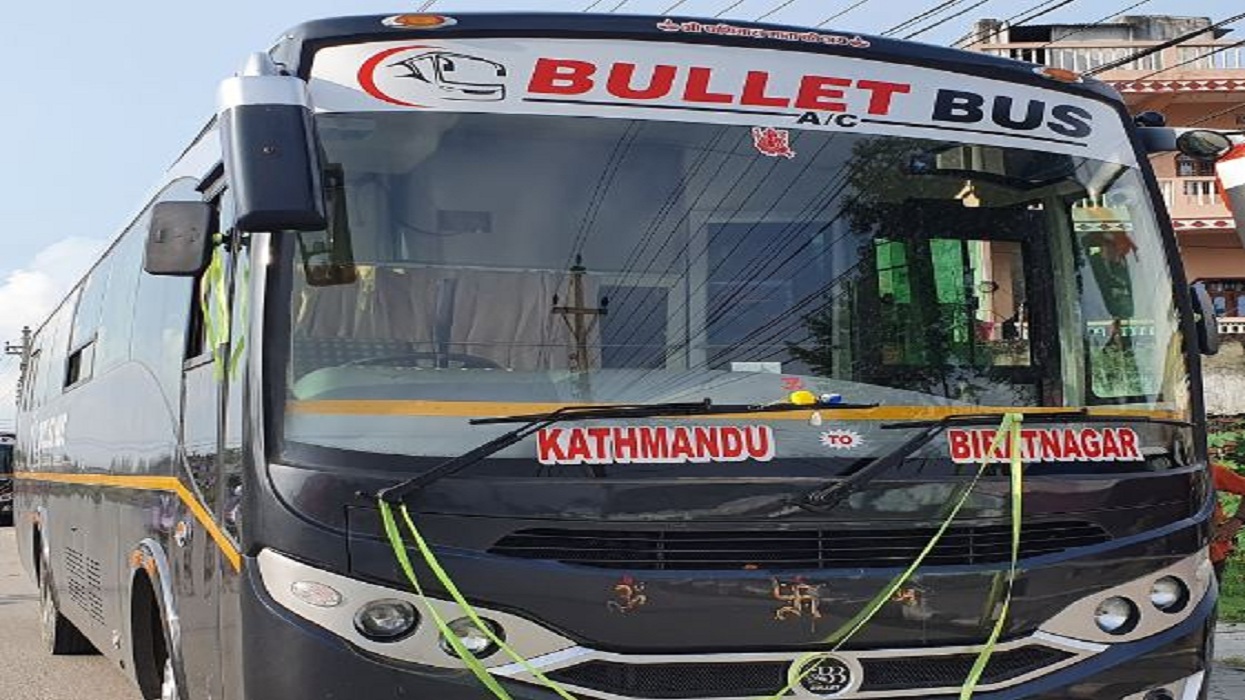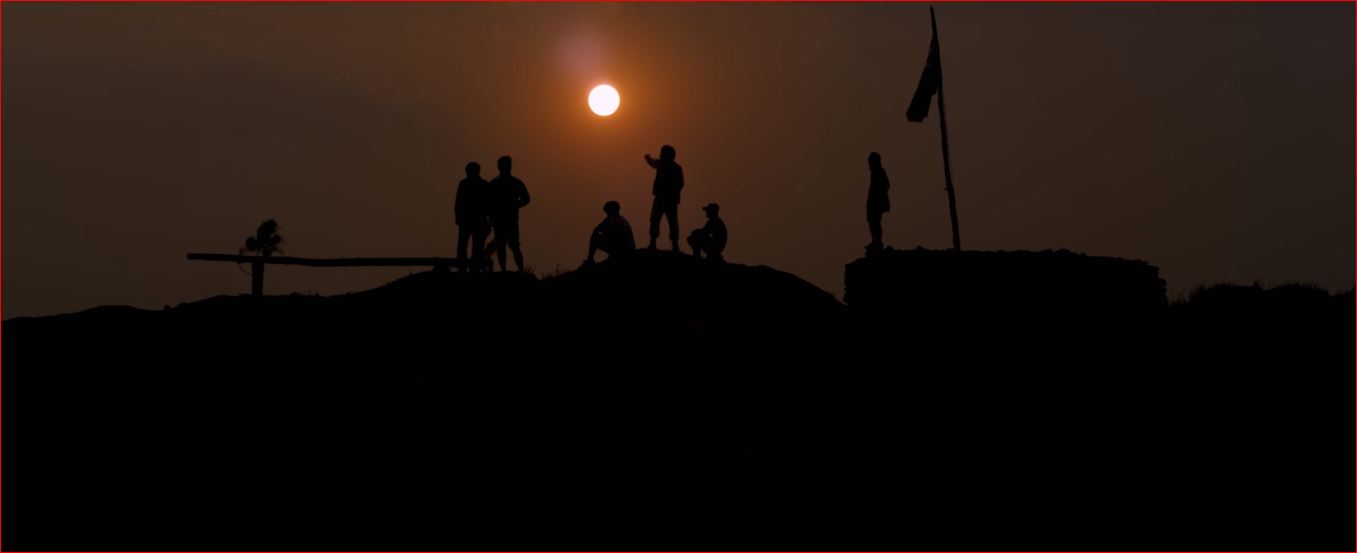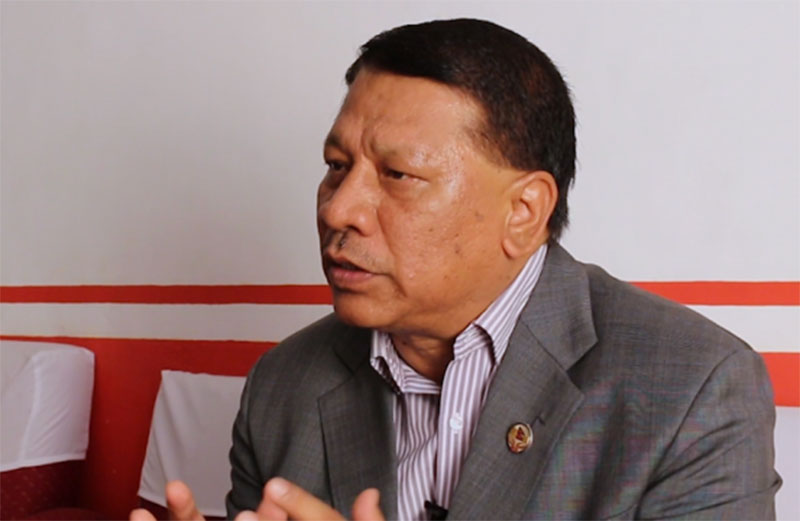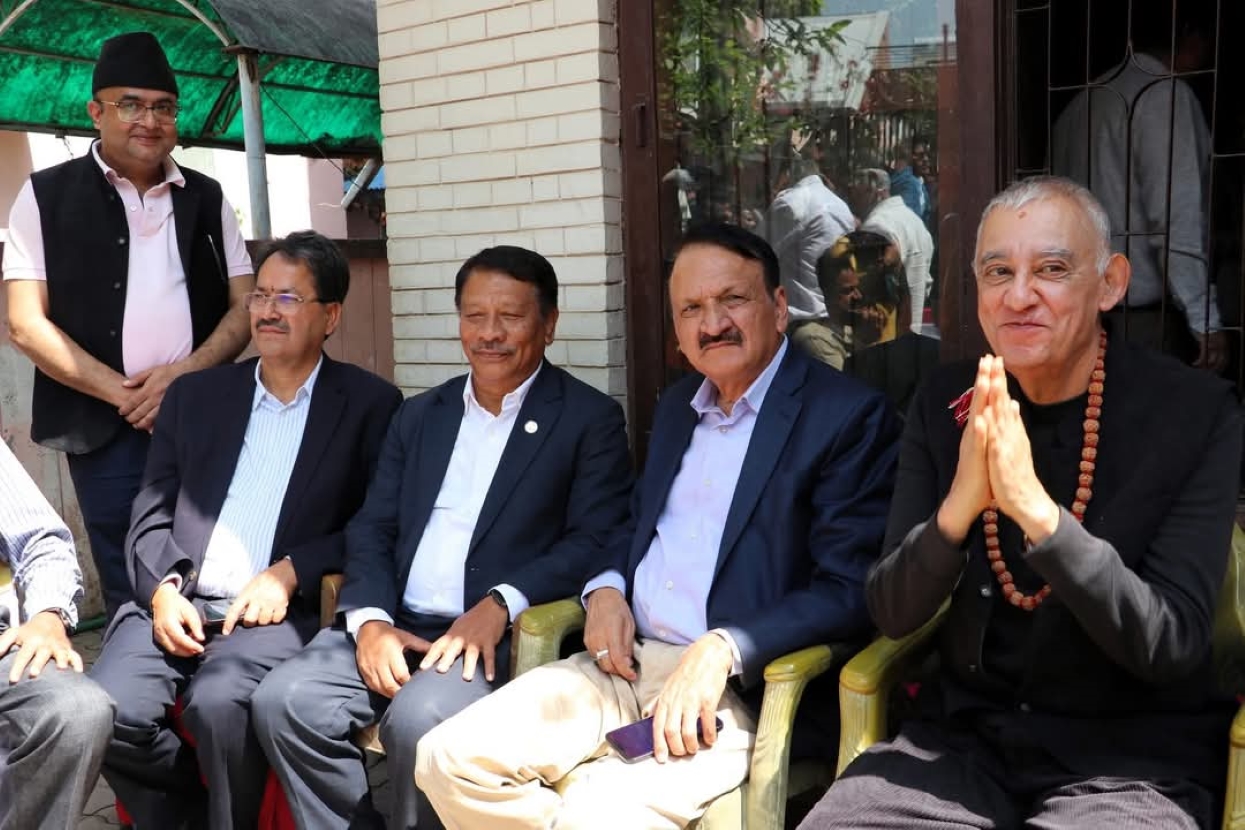Barpak rebuilt: A decade after Nepal’s devastating 2015 earthquake
The quake destroyed nearly all homes in Barpak and claimed the lives of more than 70 residents from the village alone.
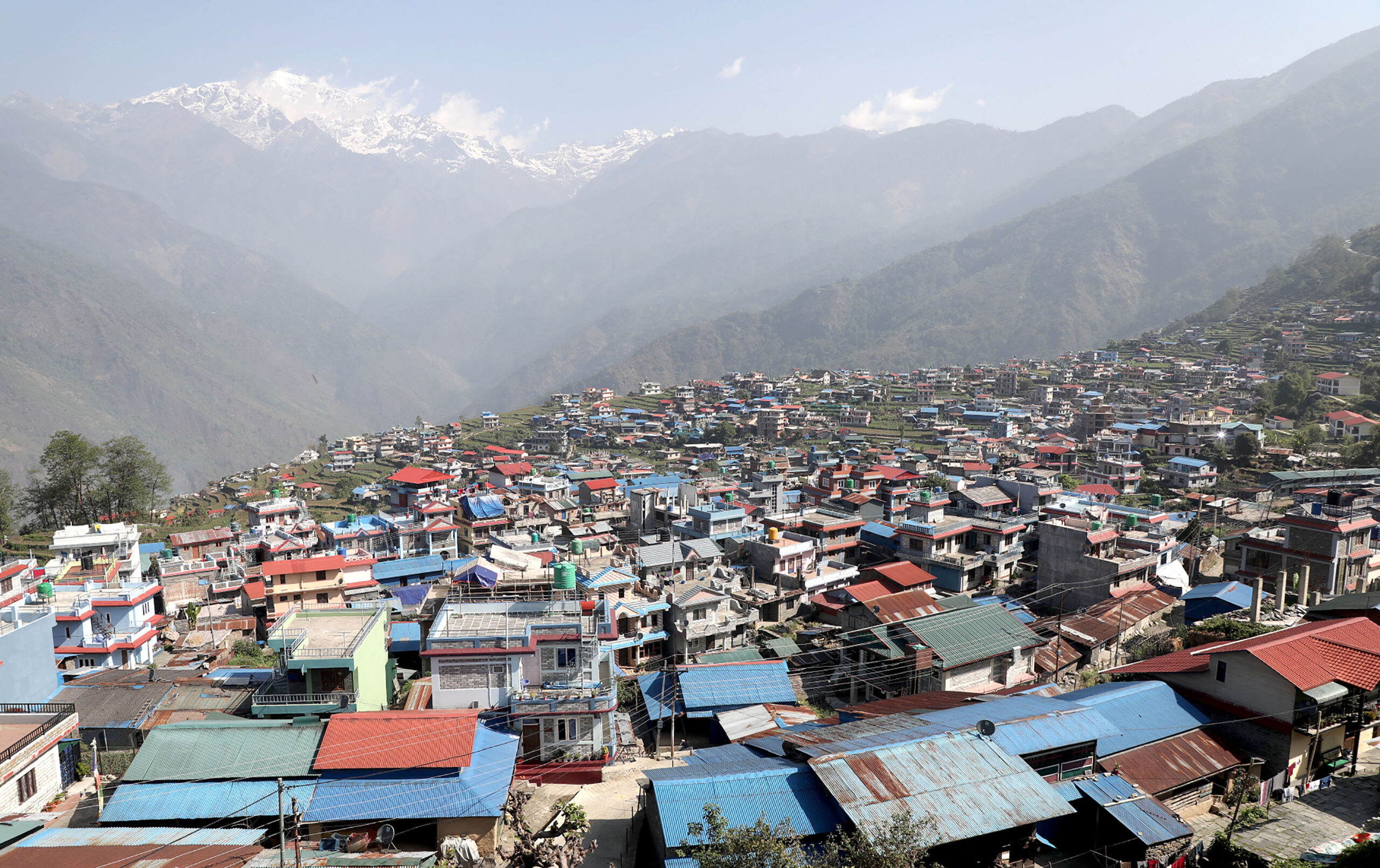
KATHMANDU: Ten years after the massive earthquake that shook the very foundation of Nepal, Barpak—the epicenter of the disaster—has risen from the rubble with resilience and hope.
Located in the northern hills of Gorkha district, Barpak was one of the hardest-hit areas during the 7.8-magnitude earthquake on April 25, 2015 (Baisakh 12, 2072 BS).
The quake destroyed nearly all homes in Barpak and claimed the lives of more than 70 residents from the village alone.

Entire families were buried under the debris, and the landscape was forever altered.
Now, as the nation prepares to mark the 10th anniversary of the disaster, Barpak stands as a powerful symbol of recovery and determination.
The Day Nepal Shook
The earthquake struck at 11:56 AM local time and lasted less than a minute, but its impact was devastating. The tremor was felt across Nepal and neighboring countries, including India, China, and Bangladesh. Its epicenter was in Gorkha district, near Barpak, and it triggered massive landslides, collapsed buildings, and caused widespread panic throughout the region.
Death Toll and Destruction
Across Nepal, the earthquake killed nearly 9,000 people and injured more than 22,000. It was the worst natural disaster to hit the country since the 1934 Nepal–Bihar earthquake. Thousands of homes, schools, hospitals, and historical monuments were destroyed. In Kathmandu Valley, iconic structures such as the Dharahara Tower and many UNESCO World Heritage sites in Patan, Bhaktapur, and Kathmandu Durbar Square crumbled into ruins.
Entire villages were flattened in mountainous areas, particularly in Gorkha, Sindhupalchok, Nuwakot, Dhading, and Rasuwa districts. Sindhupalchok suffered the highest number of fatalities, with over 3,500 deaths reported.
Aftershocks and Psychological Trauma
The initial quake was followed by hundreds of aftershocks, including a powerful 7.3-magnitude tremor on May 12, 2015. These repeated shocks worsened the damage and delayed rescue and relief operations. Many survivors were forced to live in temporary shelters for months, with limited access to clean water, healthcare, and food.
The psychological toll was immense. Families mourned their lost loved ones, children were traumatized, and communities struggled to come to terms with the destruction.
Rebuilding Barpak and Beyond
Reconstruction in Barpak, and in other hard-hit areas, began gradually. The Government of Nepal, with support from international agencies, donors, and NGOs, launched large-scale reconstruction and rehabilitation programs. The National Reconstruction Authority (NRA) was established to oversee the rebuilding process.
In Barpak, homes were rebuilt using earthquake-resistant designs. Schools, health posts, roads, and community centers were also reconstructed. The village now has improved infrastructure and is often cited as a model for post-disaster recovery in Nepal.
Still, the road to recovery was not easy. Challenges such as bureaucratic delays, shortage of skilled manpower, difficult terrain, and harsh weather conditions slowed progress. Many families faced issues receiving government aid due to land ownership disputes or lack of documentation.

Lessons Learned and Looking Forward
A decade later, Nepal has come a long way in terms of disaster preparedness. Earthquake awareness has increased significantly, and newer constructions are required to follow seismic safety standards. Emergency response systems have also improved.
As Nepal marks the 10th anniversary of the 2015 earthquake, the story of Barpak offers a poignant reminder of the fragility of life and the power of human resilience. It is also a call to continue investing in disaster risk reduction, resilient infrastructure, and community awareness to prevent such large-scale tragedies in the future.
Barpak today is not just a rebuilt village—it is a symbol of Nepal’s unwavering spirit to rise again, stronger than before.

